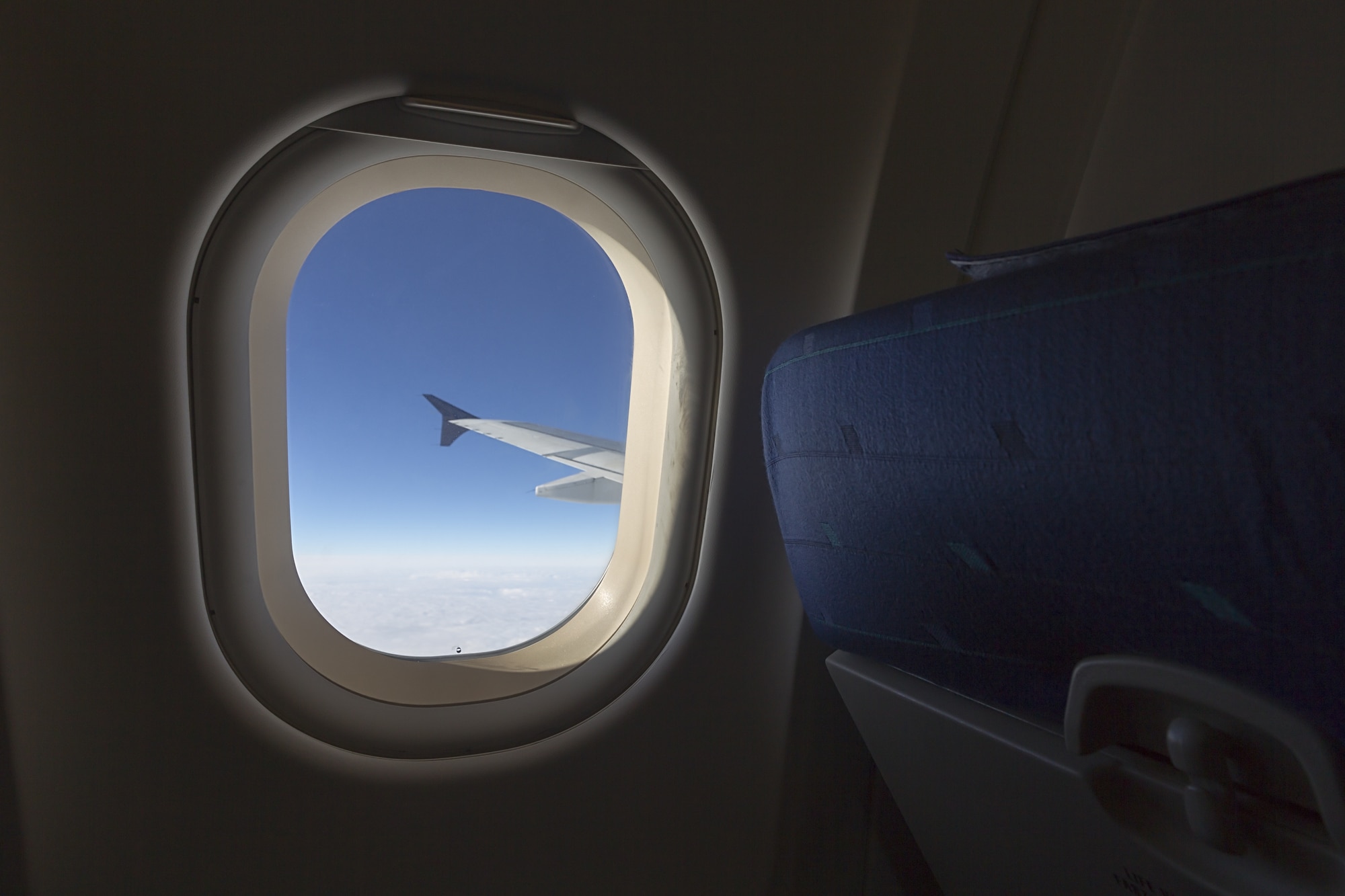Do you take flights frequently? If you do, you’ve probably wondered why the windows of airplanes are positioned so low.
Is it designed so intentionally? Or, is there a bit of scientific reasoning behind its concept? Turns out, the decision to place airplane windows at or almost below eye level is very intentional. And yes, there’s a bit of science behind this.
Positioning airplane windows at a low level facilitates a more even distribution of the stress around it. And given that the sitting areas for passengers aren’t located all the way at the base of the aircraft, the windows end up being quite low proportionate to the total volume of the cabin.
Before this discovery, airplanes were built with windows that sat higher up. The problem that stemmed from this was the emergence of stress points around the windows’ corners. Ultimately, this led to catastrophic structural failures caused by the resulting pressurization/ depressurization cycles
Table of Contents
Why Do Airlines Ask You to Raise the Window Shades?
You’ve been waiting for your flight to begin for a couple of minutes now.
This is not unusual considering all the prep work that pilots have to do in the cockpit before they can fly the aircraft. But why did the flight attendant ask you to raise the window shade when you were simply trying to shield yourself from that bright sunlight?
They do this primarily for safety reasons. Raising the window blinds allows both passengers and flight crew members to see what’s happening outside. If one of the engines was to catch fire, this incident can be relayed to the pilot. The pilot can then take the necessary measures to keep passengers safe while requesting for an emergency landing.
Why Do Airplane Windows Have Small Holes?

If you’re a keen traveler, you may have also noticed that airplane windows have tiny holes. The hole may be small in size, but it plays a crucial safety role.
It all boils down to pressure differences. The higher the plane flies, the lower the amount of oxygen available. This can leave you feeling breathless.
When the plane’s cruising at an altitude of 30,000 feet or more, the air pressure is incredibly low. If a passenger was to be exposed to this condition, they’d pass out instantly.
To prevent this, aircraft cabins and cargo bays are always pressurized. This ensures that the air pressure inside the cabin is higher than outside air.
This is where the tiny hole comes in handy. It’s added so as to relieve the strain exerted on the aircraft due to pressure differences.
You May Also Like: How Long is a Runway?
What Would Happen if an Airplane Window Broke?
An airplane window breaking unceremoniously in the middle of a flight can be very catastrophic. The air in the cabin’s interior would escape at supersonic speeds.
This happens because the air pressure in the interior is much higher than the one outside. And this concept is what enables passengers to continue breathing normally when the plane is flying about 36,000 feet in the air.
Given the massive differences in air pressure, the air can carry a ton of things with it as it escapes. There have been instances where passengers seated next to a window nearly got sucked out as well.
The good news is that aviation technology has come a long way, so there are safety measures in place to handle such incidences. In case this happens, ensure that you fasten your seat belt and wear your oxygen mask. The flight crew will then work speedily to land the airplane.
Final Thoughts
Are you an aviation enthusiast or like to travel by air regularly? Whichever class you fall under, you’ve probably wondered why aircraft windows are low. Well, they’re positioned in this manner to allow an even distribution of the weight and stress around them.
Besides, the floor of the cabin- which is where seats are located – is not necessarily at the bottom of an airplane. Rather, it’s located higher up so the windows always wind up being low relative to the cabin’s volume.

